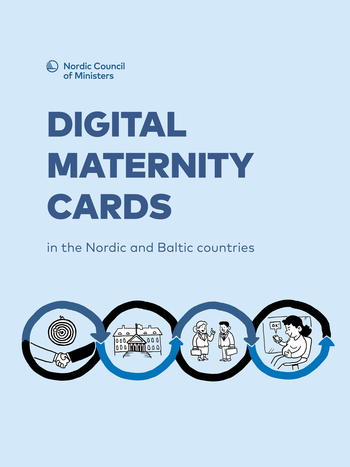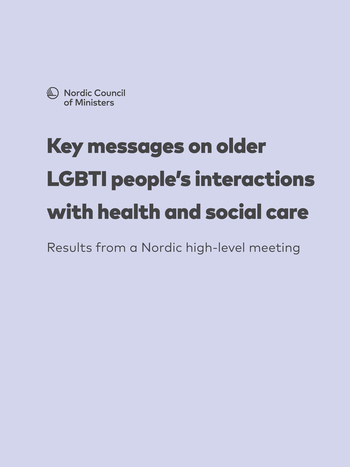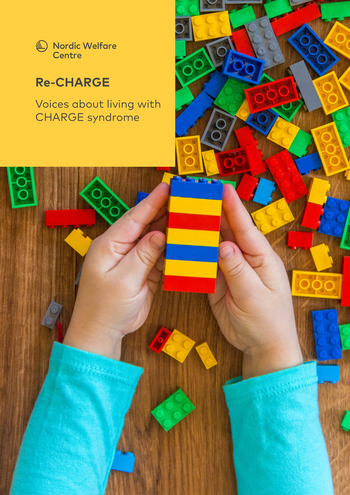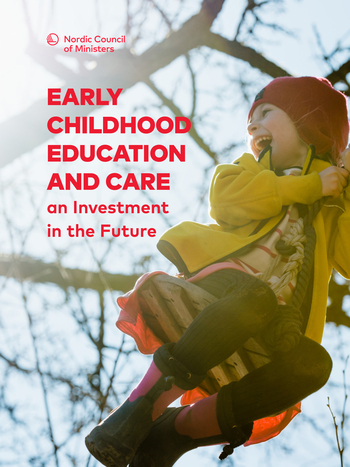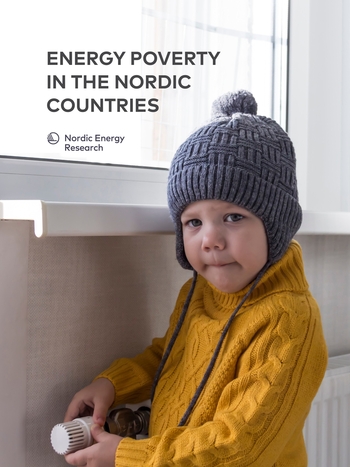Child and youth participation during crisis
Recommendations for decision makers in the Nordic region
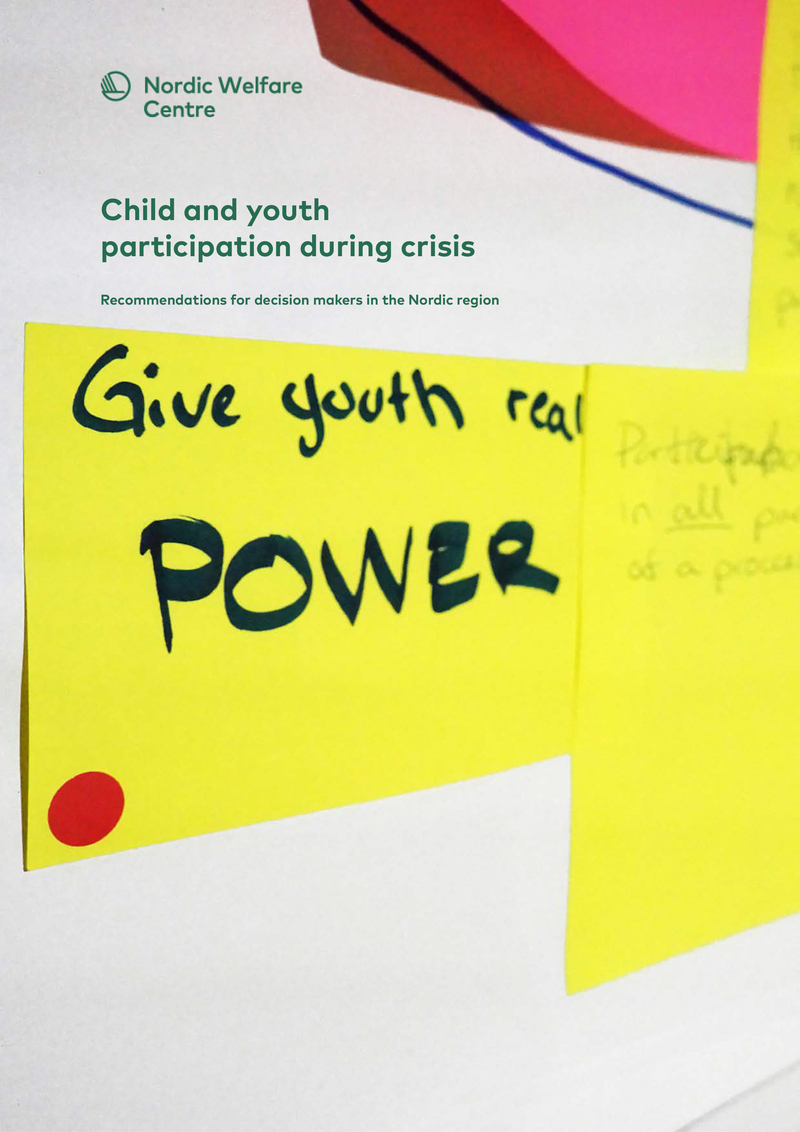
Information
Publish date
Abstract
Every young person is entitled to be heard and involved in matters that concern them. But how can decision makers safeguard meaningful child and youth participation in times of crisis? This publication contains 34 recommendations and 9 promising examples for decision makers in the Nordic region on how to build resilient structures for the future.The analysis and recommendations in this report are based on conversations with more than 100 representatives of youth and national experts in the Nordic region, covering the Nordic countries and Greenland, Åland and the Faroe Islands. The lessons and direct experiences of the representatives of Nordic youth organisations serve as an important source of information in preparing for potential crises in the future. The learnings are valuable for all adults making decisions that concerns young, and especially important for decision makers responsible for any crisis management structures.Decision makers in the Nordic region were not prepared to protect children’s rights when the Covid-19 pandemic hit. Their right to be heard was often neglected or recognised too late.To do better in a future crisis we need to have participatory structures in place before the crisis hits. Children and young people don’t have as much power as adults, and they cannot yet vote. We also need decision makers that have positive attitudes toward children and youth, necessary skills, and competence. Decision makers should presume that a child has the capacity to form her or his own views and recognize that she or he has the right to express them.We encourage local authorities and decision makers in the Nordic region to use the checklist in the publication to build resilient structures for child and youth participation. If a new crisis strikes, the Nordic region must ensure that the perspectives and experiences of children and youth are included in the decision making processes.
Organisation
